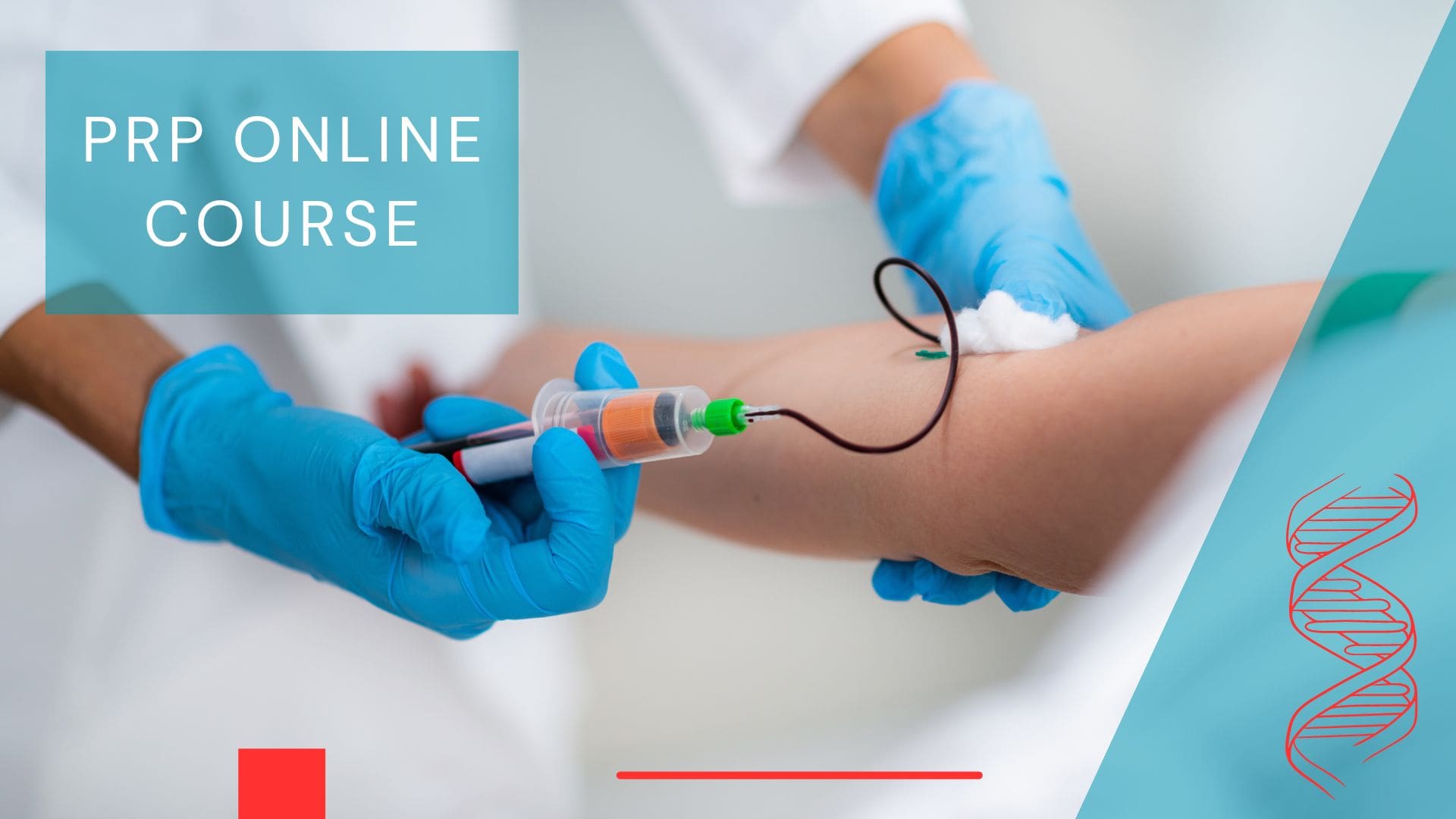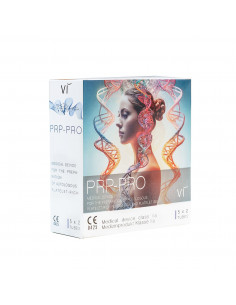
Related products
PRP
PRPMED Professional Cosmetic Treatments
100101
€129.19
The Vi PRP-Pro PRP tubes provide the fastest and most effective solution for the extraction and preparation of platelet-rich plasma (PRP) from patient blood – delivering outstanding results and maximum efficiency.
Optimal blood release through specialized anticoagulant
Minimizes clotting for precise results
High quality for reliable PRP treatments...





